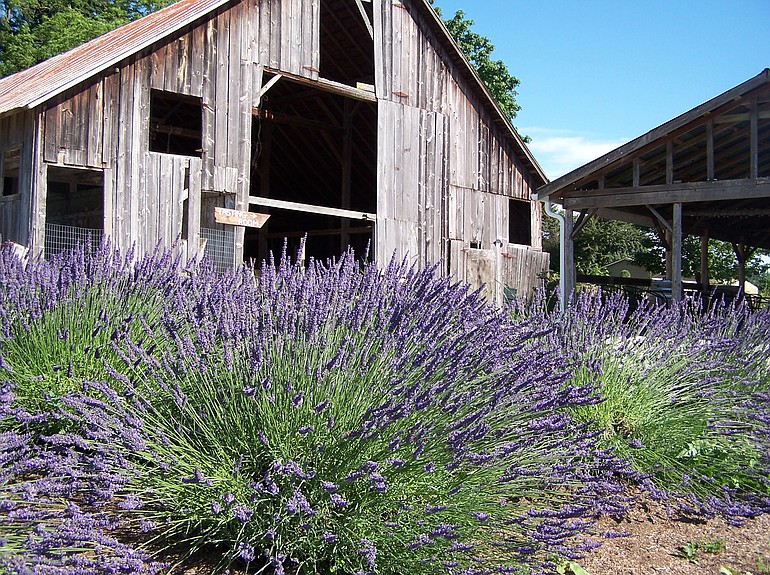o Before 2007, 40 barns were on the National Register of Historic Places. Since then, more than 480 barns joined the state registry; Clark County is home to 17 of them.
Historic barns
Clark County barns on the state Heritage Barn Register, with date they were built:
o Birrer Farm, 8612 N.E. 119th St., 1953.
o Carlson Farm, 217 N.E. Hayes Road, Woodland, 1941.
o Century View Farm/Hazen Barn, 121000 N.E. Grantham Road, Amboy, 1888.
o Friendly Haven Rise Farm, 20309 N.E. 242nd Ave., Battle Ground, 1918.
o Grinnell Road Farm/Olson Barn, 15211 N.E. Grinnell Road, Woodland, circa 1925.
o Heisen Farm, 27904 N.E. 174th Ave., Battle Ground, circa 1898.
o MacPherson Barn, 1013 N.W. 389th St., Woodland, circa 1946.
o Nickels’ Farm, 2929 N.W. 199th St., Ridgefield, 1939.
o Old Schwartz Farm, 6505 N.E. 209th St., Battle Ground, circa 1917.
o Paradise Acres, 19712 N.E. 83rd St., 1938.
o Plas Newydd LLC/Columbia Lancaster Farm, 33415 N.W. Lancaster Road, Ridgefield, circa 1915, circa 1880.
o Roth Dairy, 21310 N.W. Roth Road, Ridgefield, 1917.
o Pomeroy Farm, 20902 N.E. Lucia Falls Road, Yacolt, circa 1930.
o Gallagher Farm/Angus Taylor Barn, 33718 N.E. 60th Ave., La Center, 1924.
o Sims Farm/McCormick Barn, 29117 N.E. 10th Ave., Ridgefield, circa 1915.
o Folkerts Farm, 12902 N.E. 87th Ave., 1910.
o Kempe Prune Dryer, 16516 W 41st Ave., Ridgefield, circa 1907.
Could your barn qualify?
To find out if your barn might be eligible for the Washington Heritage Barn Register, ask questions such as these as a starting point:
o Was the barn built before 1960?
o Is it exceptionally large (over 40 feet wide and over 60 feet long, not counting wings or sheds)?
o Is it an unusual shape?
o Did an important event (such as a farm protest meeting) take place there?
— Washington State Department of Archaeology & Historic Preservation
ON THE WEB
More information on the Washington Heritage Barn Register.



